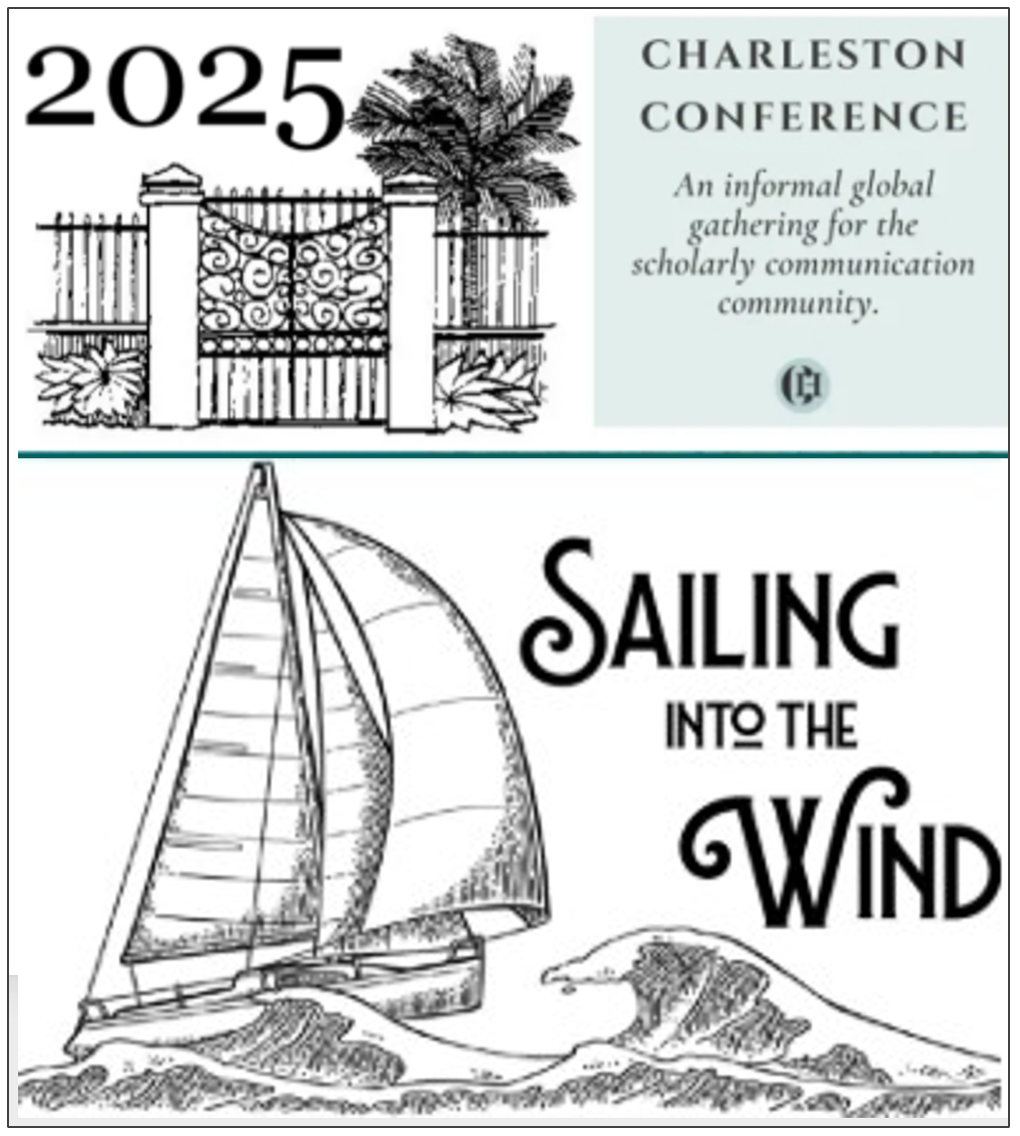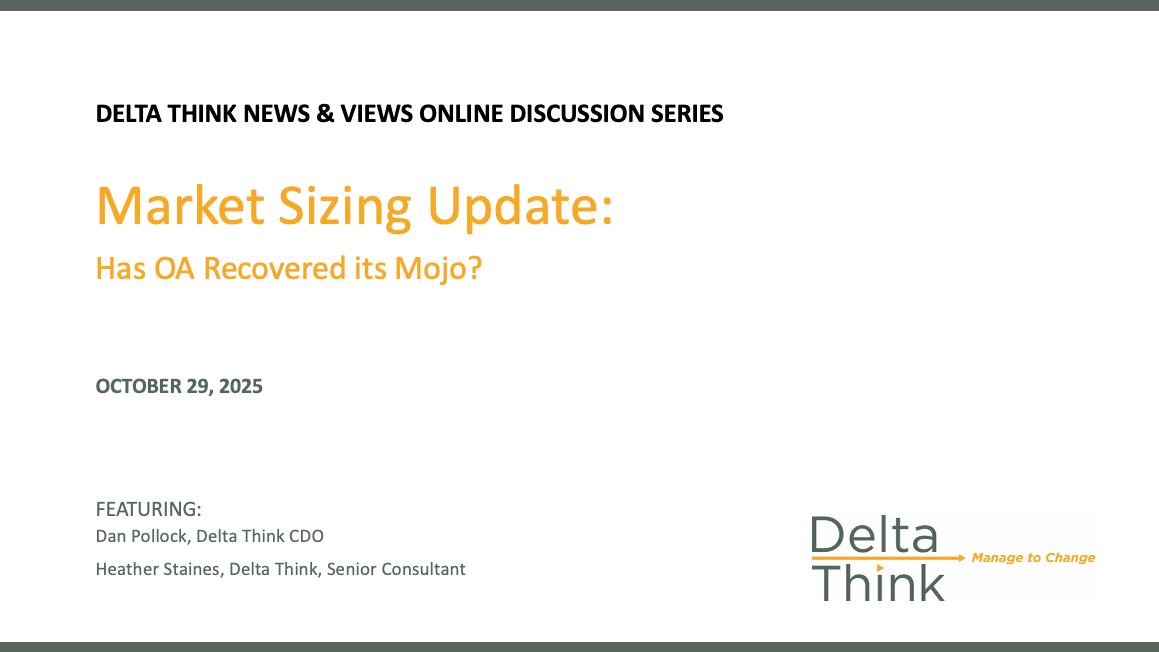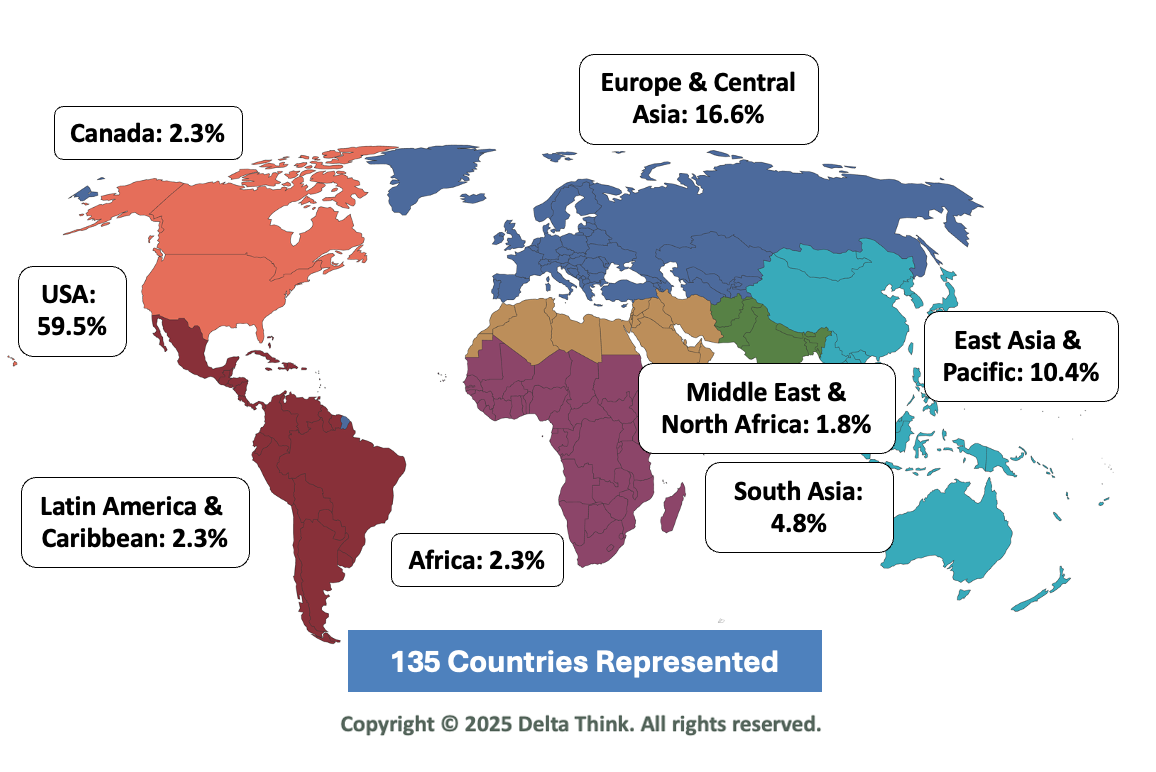News & Views: The Nelson Memo – Charleston Perspectives

The Nelson Memo – Charleston Perspectives
By Meg White
The annual November pilgrimage to Charleston, SC made its post-COVID return last month. While many topics were discussed, the White House Office of Science and Technology Policy (OSTP) provided a last moment addition to the planned agenda, with the August 25th publication of a memorandum (aka the Nelson Memo) and accompanying report “Economic Landscape of Federal Public Access Policy."
There were three sessions during the Conference that focused specifically on the OSTP Memo, all taking slightly different formats and perspectives: The Nelson Memo: A Tipping Point for Open Access Science in the U.S., Ask the Chefs: The OSTP Memo, and the OSTP Public Access Guidance: Headlines, Details, and Impact. In this issue of News and Views, we’ll illuminate some important themes and takeaways from the Charleston discussions.
Theme #1: It’s Bigger, by A LOT
No matter how you define “big”, the Nelson Memo is bigger than its predecessor in scope and content. The headline from the new OSTP-issued policy is the elimination of the existing embargo, which currently allows a 12-month post-publication delay in public access to publications based on federally- funded research. The Nelson Memo also extends to all federal agencies and includes not only scientific data, but also “… peer-reviewed book chapters, editorials, and peer-reviewed conference proceedings published in other scholarly outlets that result from federally funded research.”
The “Tipping Point” panel agreed that while there are some existing standards in place to support public access to journal articles, there is little to no existing infrastructure to support the data requirements of the guidance at scale.
Daniel Sepulveda suggested that compliance by smaller agencies would be accomplished by leveraging processes established and built by larger agencies. Essentially, agencies for whom research is not a core function in terms of mission and priorities would simply ride the coattails of larger agencies that allocate more resources to fund research. This would include processes and support for more traditional research outputs such as journal articles, but would also extend to data and other content included in the expanded scope of the Nelson Memo.
Theme #2: Born in the U.S.A.
Looking at “Open Science” initiatives outside of the U.S. can provide context for this guidance, its attributes, and how it fits into the larger landscape.
Robert Kiley offered his perspective from his vantage point as one of the main supporters and implementers of Plan S in Europe. While advocating for Open Science to speed innovation and discovery, he cautioned against replacing “one inequitable system with another” and expressed his position that the Nelson Memo “provides a prime opportunity for the U.S. to accelerate the transition to full immediate open access, but also to play a leadership convening role in determining how publishing can become transparent, equitable and sustainable.”
Theme #3: One Size Does Not Fit All
Implications for publishers were front and center during the “Headlines, Details, and Impact” panel. The speakers agreed that publisher response to the Nelson Memo would likely vary widely based on multiple factors, including mission, size of portfolio, and subject area(s). Lori Carlin pointed out that market and customer intimacy has never been more critical and understanding the needs of your readers and authors must be top-of-mind when formulating future strategy and processes. Some of this information will be quantitative, saying “Publishers need to understand what their portfolio covers and who is funding their author’s research … what is your OA uptake now? … what is the culture of your community? … this is not one-size fits all.” Michael Clarke echoed Carlin, stating, “It’s [the impact] very much going to be dependent on the journal and the journal portfolio. Different journals have more or less funded research from different funding agencies.”
Theme #4: The Devil is in the Details
The Nelson Memo simply outlines the expectation that the agencies themselves will put plans and processes into place to ensure compliance with the new guidance. These details, large and small, were debated at varying levels by all three panels in Charleston and promise to drive conversations and decision-making well into 2025.
Lisa Janicke Hinchliffe, speaking as part of the Scholarly Kitchen’s annual Charleston Q&A “Ask the Chefs” roundtable, noted that, since researching funding in higher education is an agreement between the funding agency and the institution, universities will be required to have mechanisms in place to ensure compliance with grant requirements. Will compliance with agency public access policies be part of future grant agreements between federal agencies and institutions that accept federal research funds? On the funder side of the compliance issue, Rick Anderson and Jerry Sheehan had a spirited exchange during the “Headlines, Details, and Impact” session about the resources required for federal agencies to ensure compliance … at the time of award and throughout the research process.
All OSTP-focused panels and associated audience Q&A zeroed in on numerous small but significant details mandated but not specifically defined by the guidance. The Nelson Memo makes no statement on which version of an article or other data must be made publicly available or where this content must be made available/hosted. It does not discuss who is responsible for compliance or potential repercussions for non-compliance. It makes no comment on what re-use licenses, if any, apply to publicly available research outputs.
Bottom line, the Nelson Memo outlines the “what” and the “when” but intentionally leaves the “how” up to the agencies, and by extension, the larger ecosystem(s) that supports the creation and dissemination of scholarly research.
Funding: The Elephant in the Room
Funding for the systems needed to support the requirements outlined in the Nelson Memo was top-of-mind in all three sessions. There was generally agreement on the increase in scope, but less on how to fund the infrastructure needed to support the expanded mandates of the new guidance.
As context, Delta Think’s 2022 OA Market Sizing Update documented that the global OA publishing landscape is estimated to be $1.6B, and Delta Think projects a 2021-2024 CAGR of 13% in OA output and 12% in OA market value, but these figures refer only to journal articles, just one research output included in the new guidance.
During the “Tipping Point” session Sepulveda used his extensive experience as a policy advisor to several senators to give an overview of how the U.S. appropriation process works, with various agencies petitioning the Congress for funding to support their activities and initiatives. Through appropriation, the agencies can request additional funds to support implementation of the OSTP guidance. Sheehan echoed this theme, commenting that “wouldn’t it be great if the NIH is able to get an increase in its budget for research.” So, one scenario is that additional federal dollars, provided by US taxpayers, are the source of funding needed to ensure public access. Rick Anderson suggested a related potential solution, suggesting that publication becomes part of the research process and therefore funding publication fees does not take money away from research. Other scenarios discussed in Charleston were institutions contributing resources, either via the library or on behalf of researchers, akin to existing “transformative” or “read and publish” agreements. It was also suggested that publishers absorb some or all of these additional costs as part of the traditional publication process, leveraging scale across their s larger portfolios.
There were multiple conversations concerning whether there is enough money in the system currently and simply re-aligning how these funds are allocated could enable processes and systems to support compliance. However, given the scope of the Nelson Memo, it is dubious at best to envision that its mandates can be fully met by the existing infrastructure in place, including and perhaps most critically, funding. Danielle Cooper echoed this concern as part of the “Tipping Point” panel, pointing out that the memo “signals the prioritization of open [data] sharing over costs … the idea that it’s OK for something to cost more and that not a lot of thought has been put into that yet.”
Stay Tuned
The level of effort associated with the creation and implementation of processes and infrastructure needed to support Nelson Memo mandates can be described as daunting. Carlin summed up what is perhaps the most critical component needed to ensure that scholarly publishing continues the march toward an open, seamless, connected, and sustainable future: collaboration, “This [discussion] points to the need for collaboration,” she said. “There are many stakeholders involved in this process and we all need to be working together to find the best solutions and options … it is not one solution or option across the board. But it is something that publishers, libraries, researchers, and funders need to come together and be talking about to see how we all move forward.”
Want to develop your Open Access strategy or talk more about the OSTP Memo and its impact on your organization? Get in touch!
This article is © 2022 Delta Think, Inc. It is published under a Creative Commons Attribution-NonCommercial 4.0 International License. Please do get in touch if you want to use it in other contexts – we’re usually pretty accommodating.







News & Views: Will cuts to National Science Foundation funding affect scholarly publishing activity?






